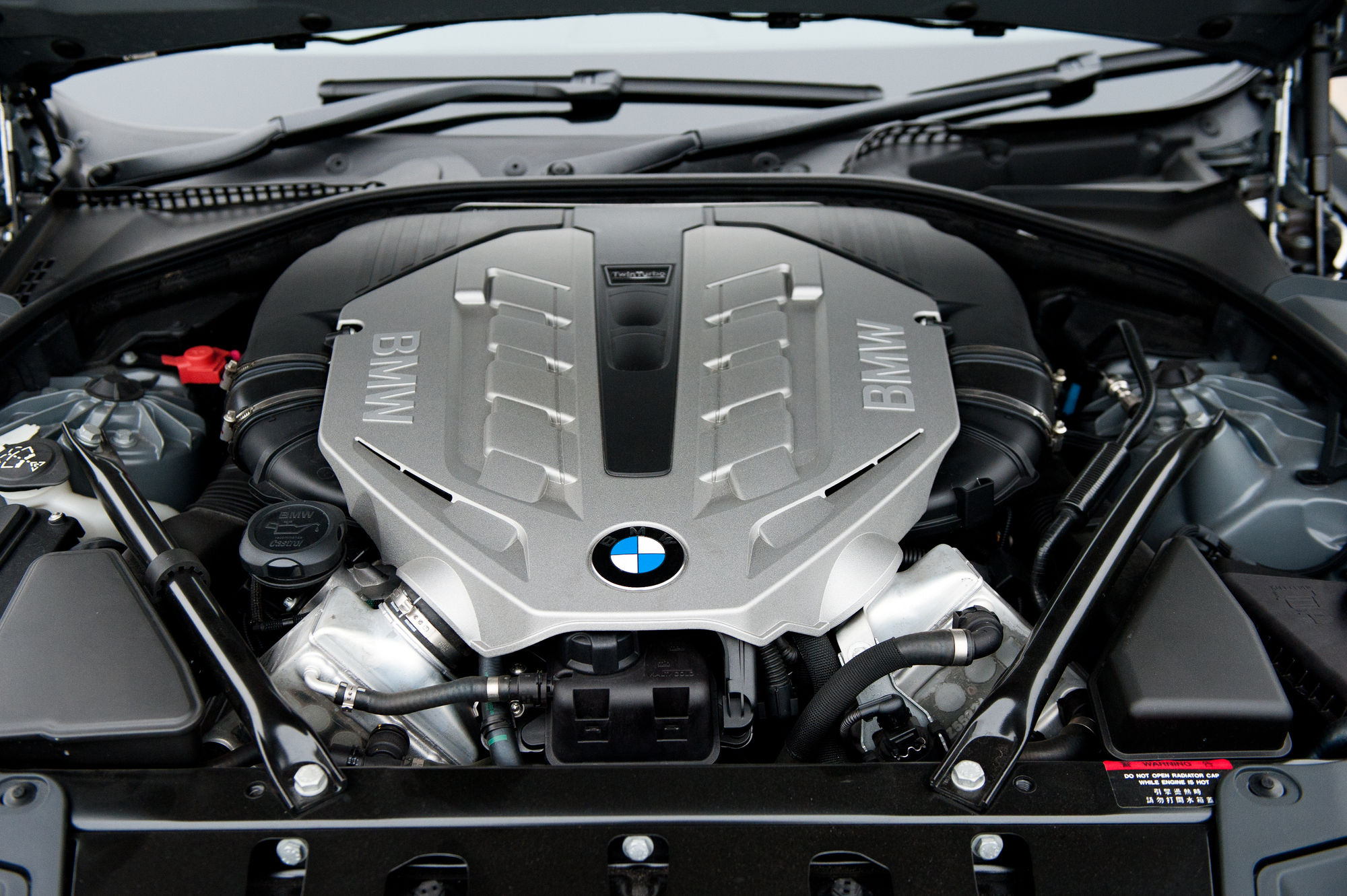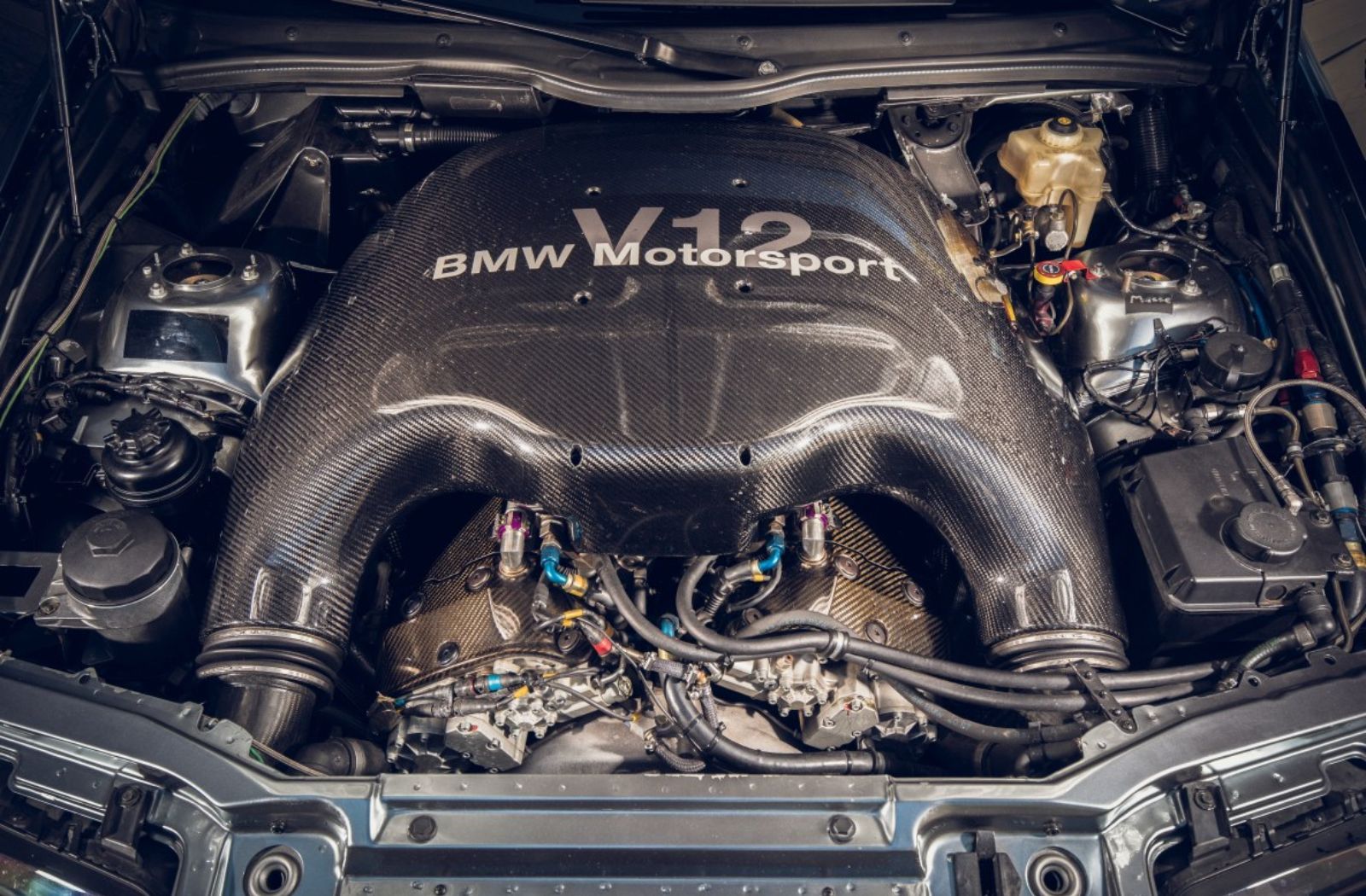Leading 5 BMW Engine Technologies Transforming the Automotive Industry
Leading 5 BMW Engine Technologies Transforming the Automotive Industry
Blog Article
Checking Out the Development of Combustion Engines in Modern Transport Systems
As we browse the landscape of contemporary transport, the evolution of burning engines stands as a testament to human ingenuity and design expertise. From their modest beginnings to the innovative powerhouses driving vehicles today, burning engines have undertaken an impressive trip of technology and adaptation. Understanding the ins and outs of this evolution not just clarifies the past but likewise leads the way for imagining what exists ahead in the realm of transport technology. The interplay of background, technology, and environmental problems in shaping the trajectory of burning engines develops a narrative that is both insightful and compelling.
Very Early Beginnings of Combustion Engines
Exactly how did the principle of burning engines first arise in the beginning of transport growth? The roots of combustion engines can be traced back to the 17th century when the concepts of internal burning were very first explored. In 1673, Christian Huygens conceptualized a standard inner combustion engine that made use of gunpowder to generate power. Nonetheless, it wasn't till the late 19th century that useful applications of burning engines in transport began to arise.
The innovation minute came with the innovation of the initial effective gasoline-powered engine by Karl Benz in 1885 - bmw engine. This engine led the way for the development of the modern auto, transforming transportation systems worldwide. Succeeding technologies by Nikolaus Otto and Gottlieb Daimler further improved burning engine technology, bring about the mass manufacturing of vehicles and the quick development of the transport sector
These early combustion engines were identified by their simpleness and effectiveness, laying the structure for the facility and effective engines used in modern-day transportation systems. The evolution of burning engines has actually contributed in forming the way we travel and deliver items, noting a significant milestone in the background of transport growth.
Transition to Internal Burning Technology
The shift to interior burning technology noted a pivotal shift in the advancement of transport systems. This change began in the late 19th century, with inventors like Nikolaus Otto and Gottlieb Daimler establishing the very first successful inner combustion engines. These engines transformed transport by providing a much more effective and effective alternative to vapor engines and electric motors.
Among the crucial benefits of interior burning engines was their ability to be scaled down to match cars, resulting in the growth of autos and bikes. This change from bulky, stationary engines to compact, mobile ones led the way for the contemporary transport systems we see today.
The transition to inner combustion technology likewise spurred improvements in fuel technology, causing the advancement of gasoline and diesel as primary fuel resources for lorries. This shift not only made transport more accessible to the masses however additionally laid the structure for the oil and gas market to become important to international economic climates.
Impact of Combustion Engines on Transport
The fostering of combustion engines in transport systems militarized an extensive shift in the efficiency and rate of worldwide movement. Burning engines reinvented transport by giving a functional and reputable resource of power for different cars, including automobiles, ships, airplanes, and trucks. This development considerably boosted the capacity for people and goods to conform cross countries in shorter period, resulting in boosted connectivity between regions and countries.
Furthermore, the extensive use combustion engines has had a significant influence on economic advancement. The capacity to transport items efficiently has spurred profession and commerce, permitting businesses to increase their markets and get to customers worldwide. This has helped with economic development and globalization, as products can now be transferred faster and in bigger amounts than ever in the past.
Nonetheless, the environmental effect of burning engines can not be overlooked. The combustion of fossil fuels has caused air contamination and pop over to this site greenhouse gas emissions, adding to climate modification and posing health risks to populaces. bmw engine. Consequently, there is an expanding emphasis on developing alternative propulsion innovations to minimize these negative effects and produce a more sustainable future for transportation
Advancements in Combustion Engine Style
One noteworthy development is the advancement of turbocharged engines, which make use of exhaust gases to drive a turbine that compresses inbound air, enabling for even more fuel to be scorched, resulting in enhanced power outcome without a considerable boost in engine dimension. Variable valve timing systems have actually likewise transformed engine layout by enhancing air movement at various engine rates, boosting both power and efficiency. These technologies jointly contribute to the continuous improvement of combustion engines in contemporary transportation systems.
Future Trends in Burning Engine Advancement
With modern technology improvements driving continual development, the future of burning engine growth is positioned to change transport systems globally. One of the essential fads in burning engine growth is the push in the direction of greater performance and minimized discharges.
An additional noticeable trend is the fostering of crossbreed modern technologies in combustion engines. Crossbreed engines integrate conventional burning modern technology with electric power, using improved gas performance and reduced emissions. As the vehicle market shifts in the direction of electrification, hybrid combustion engines are seen as a transitional remedy that links the space in between standard vehicles and fully electrical ones.
Moreover, the combination of informative post clever innovations, such as man-made intelligence and information analytics, is anticipated to play a considerable role in the future of burning engine growth. These innovations can enhance engine efficiency in real-time, bring about more efficient burning procedures and improved general vehicle performance. Accepting these future patterns will not just drive technology in burning engine growth however likewise contribute to a much more ecologically friendly and lasting transport ecological community.

Conclusion
In verdict, the evolution of burning engines in modern transportation systems has actually been marked by considerable improvements in modern technology and style. From the very early starts of combustion engines to the change to inner combustion modern technology, these engines have actually had an extensive influence on transport. Innovations in burning engine design remain to drive progress in this area, with future patterns concentrating on further boosting performance and lowering discharges. The future of burning engines in transportation looks appealing as r & d initiatives remain to push borders.
The roots of burning engines can be mapped back to more helpful hints the 17th century when the principles of inner burning were initial explored. These engines reinvented transport by using a more effective and powerful choice to steam engines and electric motors.

Report this page